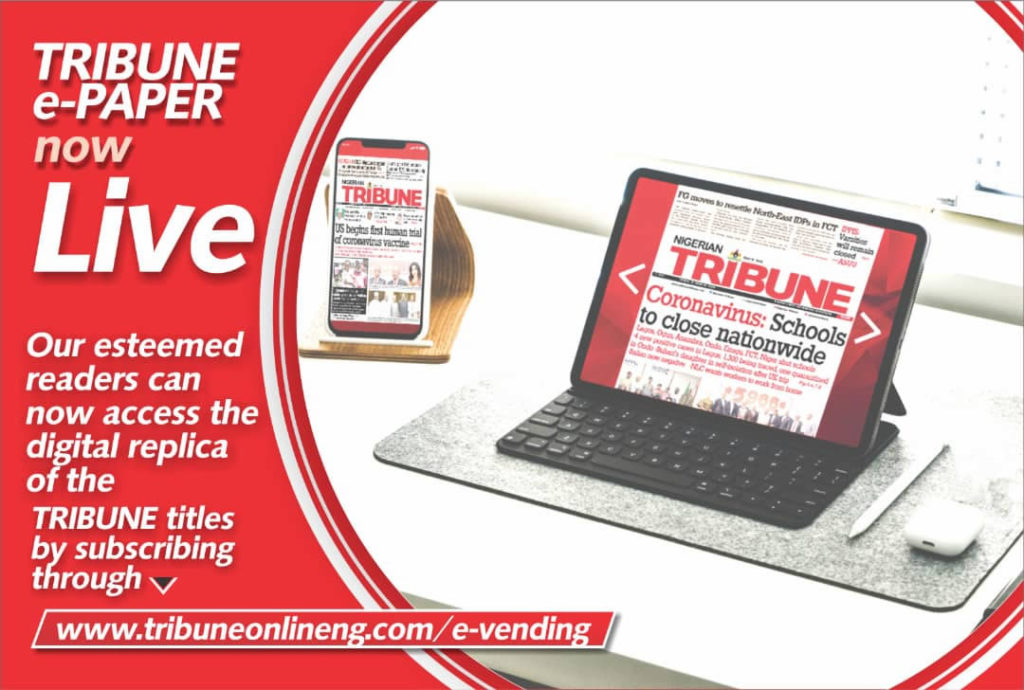JOSEPH INOKOTONG in this piece explores the practice of rate cutting in the insurance industry, analyzing its causes, benefits, pitfalls, and considerations for consumers making insurance decisions.
IN the competitive world of insurance, the pricing of premiums plays a critical role in shaping market dynamics, influencing consumer behaviour, and affecting the financial stability of insurance companies.
One particularly complex and often controversial pricing strategy is rate cutting — the practice of lowering premiums to attract or retain customers. While rate cutting may seem like a straightforward benefit for policyholders, it has both positive and negative implications for all stakeholders involved.
Understanding what rate cutting means
Rate cutting in insurance refers to the deliberate reduction of insurance premiums by companies. These adjustments are typically made to draw in new customers, retain existing ones, or respond to competitive market pressures. On the surface, this practice appears to favor the consumer, offering more affordable access to insurance coverage. However, the implications of rate cutting extend beyond lower monthly bills; they can impact the sustainability of insurance companies and the quality of coverage offered.
While some may view rate cutting with skepticism, it is important to note that it is not inherently negative. In certain circumstances, it can be a strategic decision that benefits both insurers and policyholders. When implemented responsibly and with full consideration of risk, rate reductions can reflect operational efficiency, technological innovation, and a healthy market.
Why do insurance companies cut rates?
There are multiple motivations behind rate cutting, and these are often tied to a combination of internal business strategies and external market forces. Common reasons include: Market Competition – In an industry where dozens of providers vie for consumer attention, offering lower premiums can be an effective way to gain market share. Intense competition may pressure insurers to undercut rivals by reducing rates, especially in commoditized lines of business like motor or home insurance.
Changes in risk profiles – If an insurer’s overall book of business becomes less risky — for instance, due to safer driving behavior among clients or improved property security — the company may find it viable to reduce rates while still maintaining profitability.
Economic conditions –
Economic cycles also influence rate cutting. In periods of economic growth, customers may demand better deals, and insurers may use rate cuts to remain competitive. Conversely, during downturns, lower premiums may help retain budget-conscious clients. Regulatory influences – Government regulations can also push insurers toward more competitive pricing. Regulatory bodies may encourage more affordable coverage options to enhance public access, or new guidelines may force companies to reassess their pricing structures.
The Double-Edged Sword: Pros and Cons of Rate Cutting
Rate cutting is not a one-size-fits-all solution, and its consequences vary depending on the execution and market context. While it can drive growth and improve affordability, it can also jeopardize the insurer’s financial health if not managed carefully.
The Benefits:
Affordability for Customers: Lower premiums mean more accessible insurance products for a broader range of people. For many households, this can lead to real savings that can be used for other essential or discretionary expenses.
Market Expansion: When companies reduce prices, previously uninsured individuals may be incentivized to purchase coverage, expanding the market and increasing financial protection in society.
Operational Efficiency: Rate reductions can sometimes be the result of improved efficiencies — such as better data analysis, reduced claims processing costs, or adoption of automation — that allow insurers to operate at lower cost margins.
The Risks
Underpricing of Risk: The most significant danger in rate cutting is the potential to underprice insurance products. If companies do not properly account for the risks they are taking on, they may suffer heavy financial losses when claims are filed.
Financial Instability: Aggressive rate cutting can lead to a “race to the bottom,” eroding profit margins and potentially forcing some insurers out of business. This can reduce consumer choice and damage overall industry stability.
Lower Quality Coverage: Sometimes, lower premiums come at the cost of reduced coverage. This means policyholders might find themselves underinsured when disaster strikes, defeating the purpose of having insurance in the first place.
When Rate Cutting Works
There are situations where rate cutting is a sound business and consumer strategy. For example, if an insurer uses new technologies like telematics (tracking driving behavior) to more accurately assess individual risk, it may find that many of its customers pose lower-than-average risk. With this data, the company can safely offer lower premiums to responsible drivers without jeopardizing financial health. In this case, rate cutting rewards safe behavior and encourages responsible actions while keeping the business profitable.
When Rate Cutting Signals Trouble
Conversely, rate cutting may also be a red flag. In some cases, a financially troubled insurance company may drop its rates in a desperate attempt to increase cash flow through premium volume. This can lead to insolvency or inability to pay out claims later. Customers should be wary of offers that seem “too good to be true” and do their due diligence before switching policies solely based on cost.
What Customers Must Consider Before Switching for Lower Rates
For most consumers, affordability is a primary consideration when shopping for insurance. However, the desire to save money must be balanced with an understanding of what is being traded off. Here are essential aspects to review before jumping ship for a cheaper policy:
Coverage Limits – Often, the easiest way to reduce policy cost is by lowering the coverage limits. While this reduces premiums, it also increases financial exposure in the event of a claim. Before switching, customers should compare the Naira amounts of coverage in both old and new policies.
Type of Coverage
Ensure that the new policy offers the same types of coverage — liability, collision, comprehensive, etc. For example, a switch from comprehensive to liability-only coverage might seem like a bargain until an accident occurs and the driver realizes their own vehicle isn’t covered.
Deductibles – A higher deductible can lower premium costs but increases the amount the policyholder must pay out-of-pocket before the insurer contributes. A jump from a ₦550 deductible to a ₦1,500 one could be difficult to manage during emergencies.
Repair Terms – For vehicle insurance, it’s critical to know how repairs will be handled. Will new or used parts be used? Are repairs restricted to certain shops? Does the policy pay full replacement costs or only the depreciated value of the car?
Customer Service Quality – When accidents happen, the efficiency and compassion of an insurance provider’s response can make a huge difference. Lower-cost insurers may cut corners in customer service, resulting in frustrating delays or subpar claim settlements.
Navigating the Market: The Role of Independent Agents
Given the complexity of comparing insurance policies beyond price, independent insurance agents can provide invaluable support. These professionals do not work for a single insurer and can offer unbiased advice, help compare multiple plans, and identify hidden differences in coverage. They may also suggest cost-saving strategies that consumers are unaware of, such as bundling home and motor policies or installing security devices for discounts.
A Balanced Approach to Rate Cutting
Rate cutting is a nuanced tool in the insurance industry. When used judiciously, it can benefit both insurers and consumers by enhancing affordability, increasing competition, and rewarding responsible behaviour. However, if misapplied, it can weaken the financial foundation of insurers, reduce coverage quality, and leave customers exposed.
Ultimately, rate cutting is neither inherently good nor bad — its impact depends on the context in which it occurs and the decisions made by both insurers and customers. For consumers, the key takeaway is that lower premiums should never be the sole factor in choosing an insurance policy. A comprehensive evaluation of coverage, deductibles, claims processing, and company reputation is essential to make informed and secure insurance choices. By approaching rate cutting with a critical but open mind, both customers and insurers can navigate its challenges and opportunities in a way that sustains value and protection for the long term.
WATCH TOP VIDEOS FROM NIGERIAN TRIBUNE TV
- Let’s Talk About SELF-AWARENESS
- Is Your Confidence Mistaken for Pride? Let’s talk about it
- Is Etiquette About Perfection…Or Just Not Being Rude?
- Top Psychologist Reveal 3 Signs You’re Struggling With Imposter Syndrome
- Do You Pick Up Work-Related Calls at Midnight or Never? Let’s Talk About Boundaries







